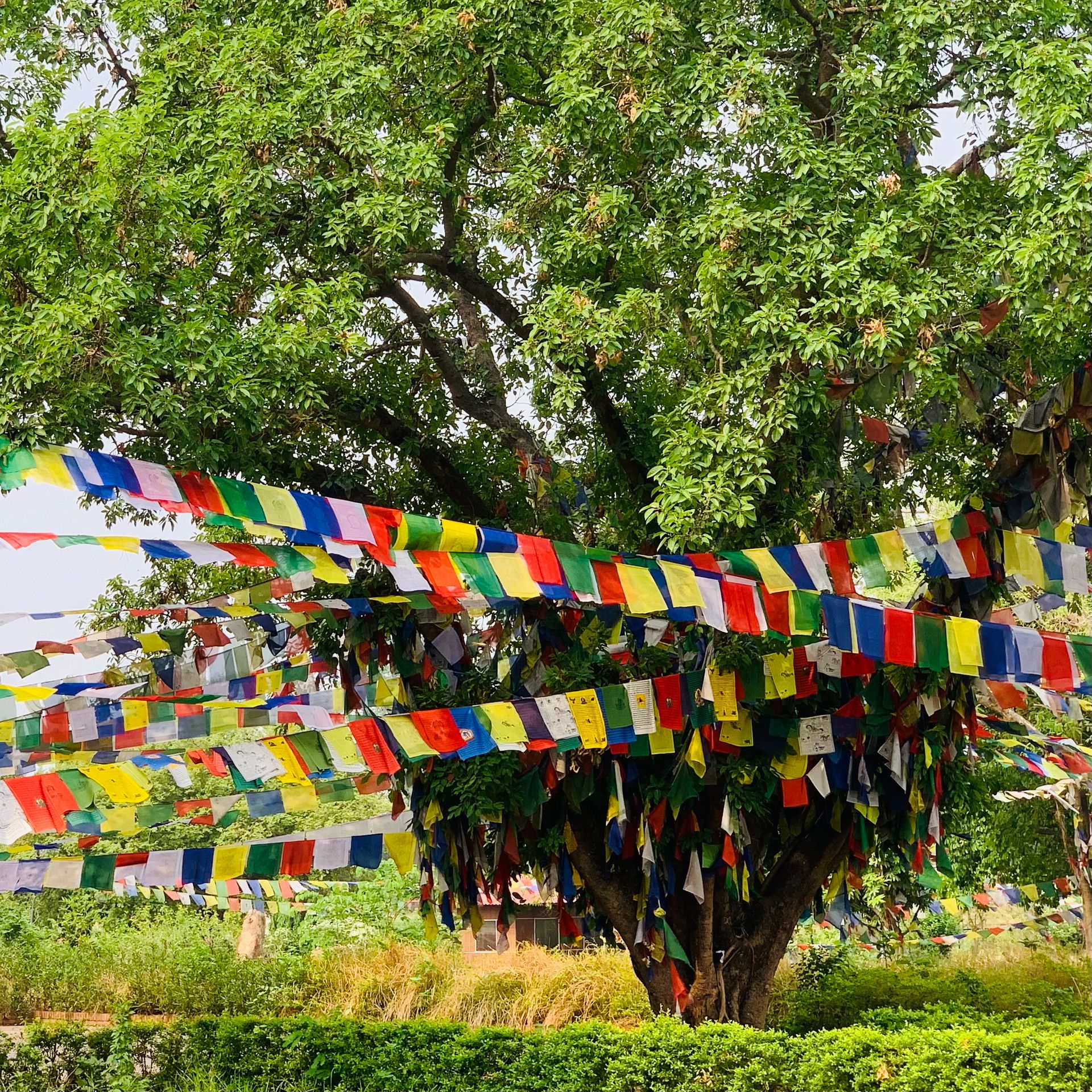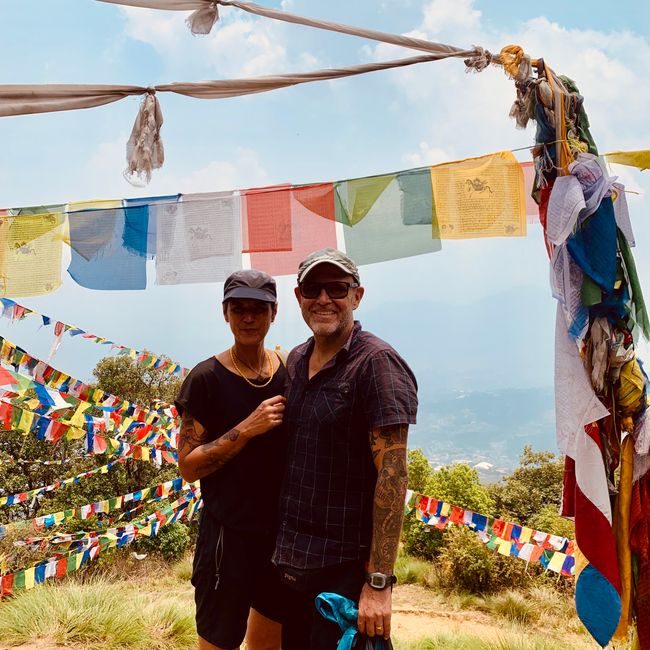
fortfahren und ankommen
vakantio.de/fortfahren-und-heimkommen
Nepal - May 2024
Pubblicato: 15.06.2024
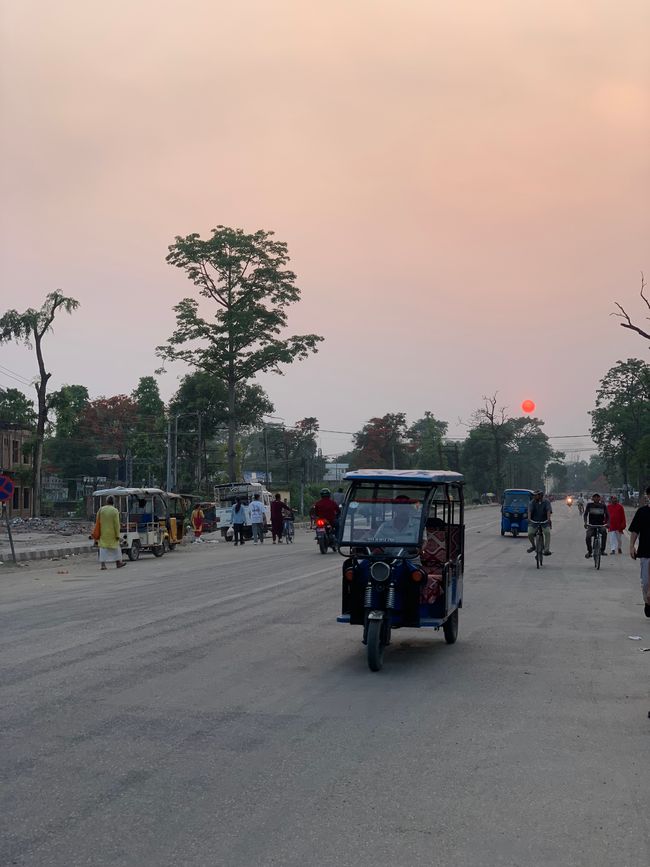
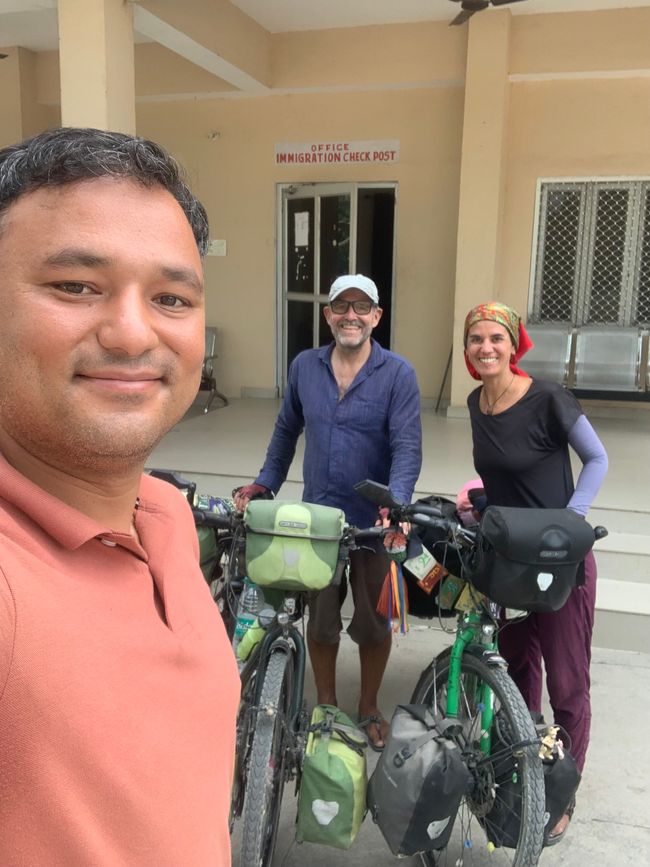
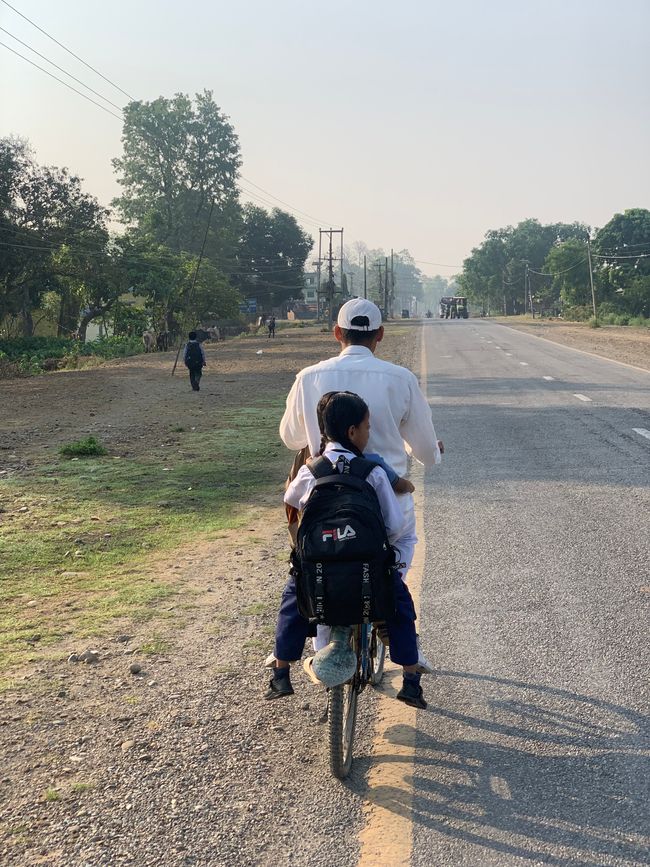
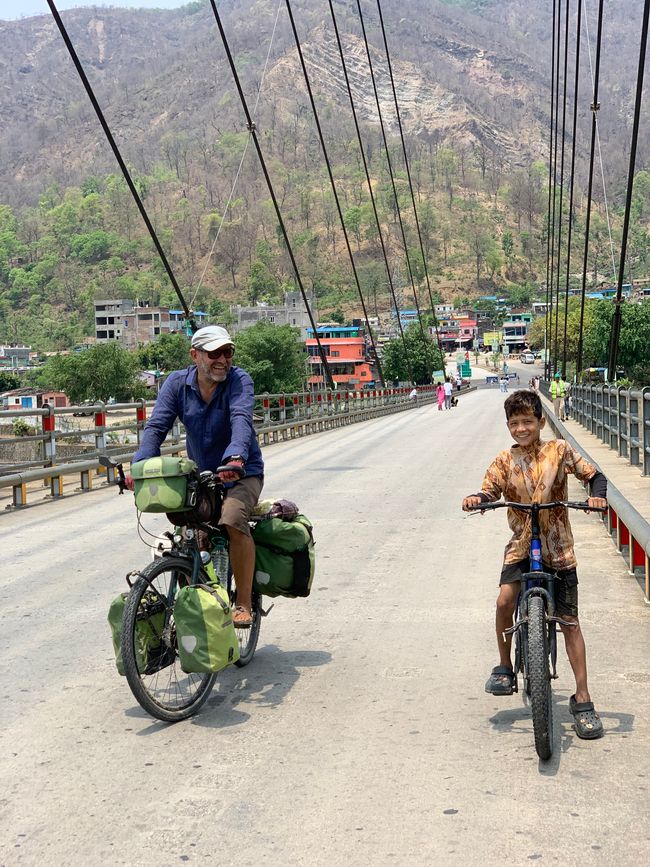
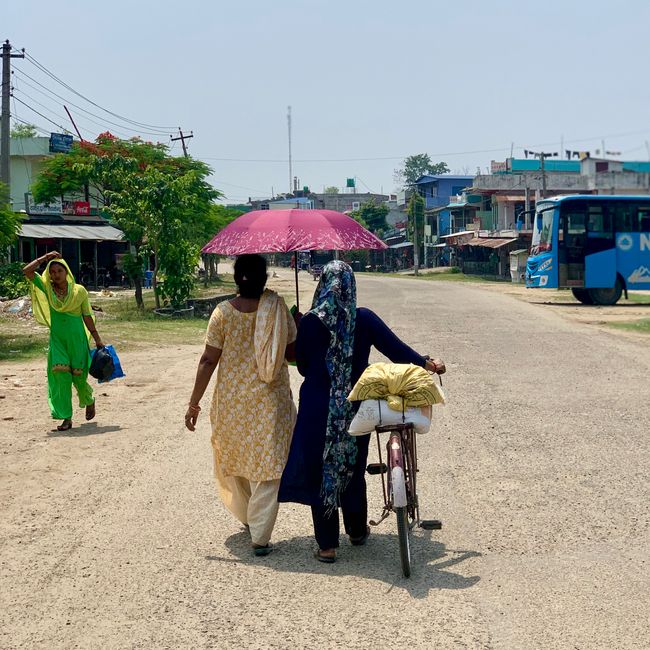
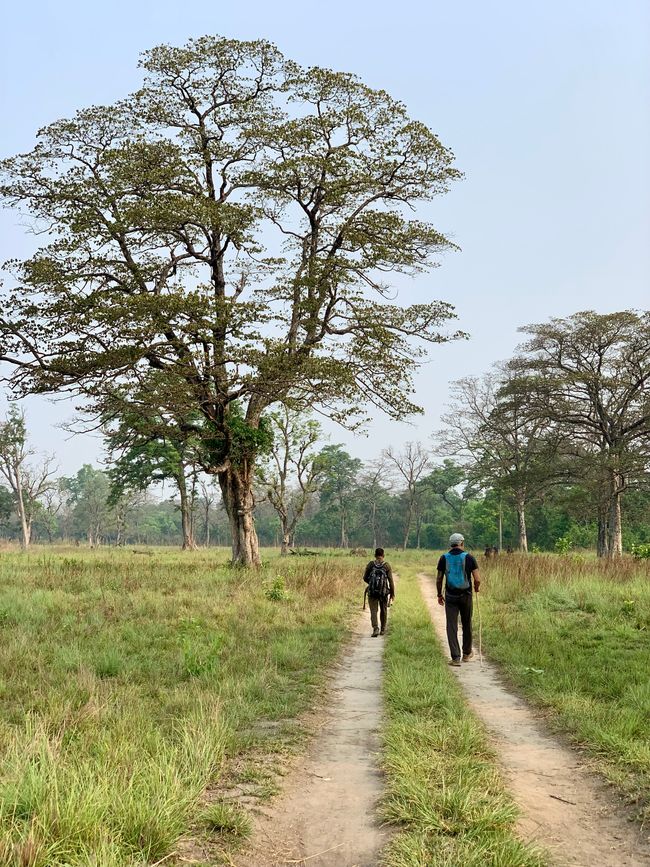
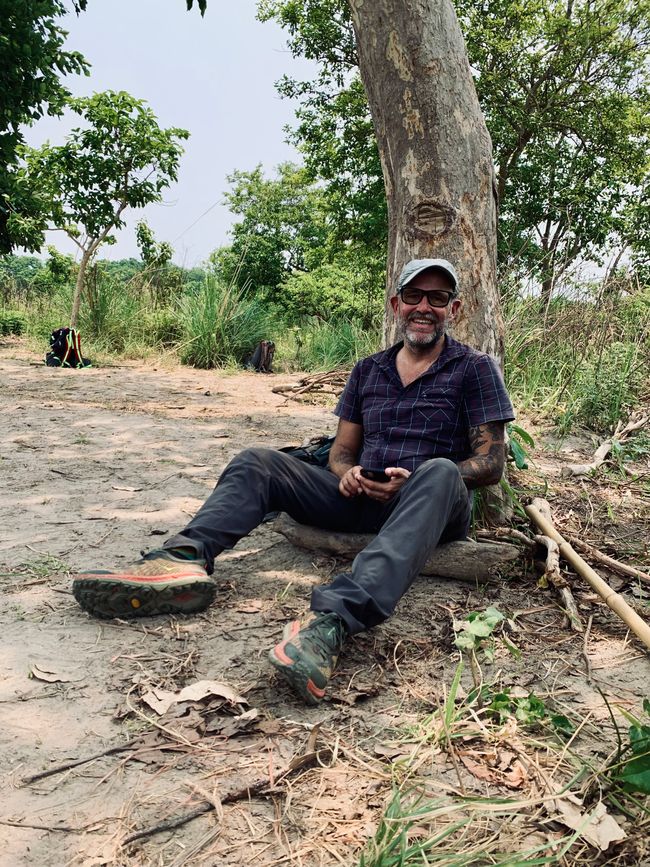

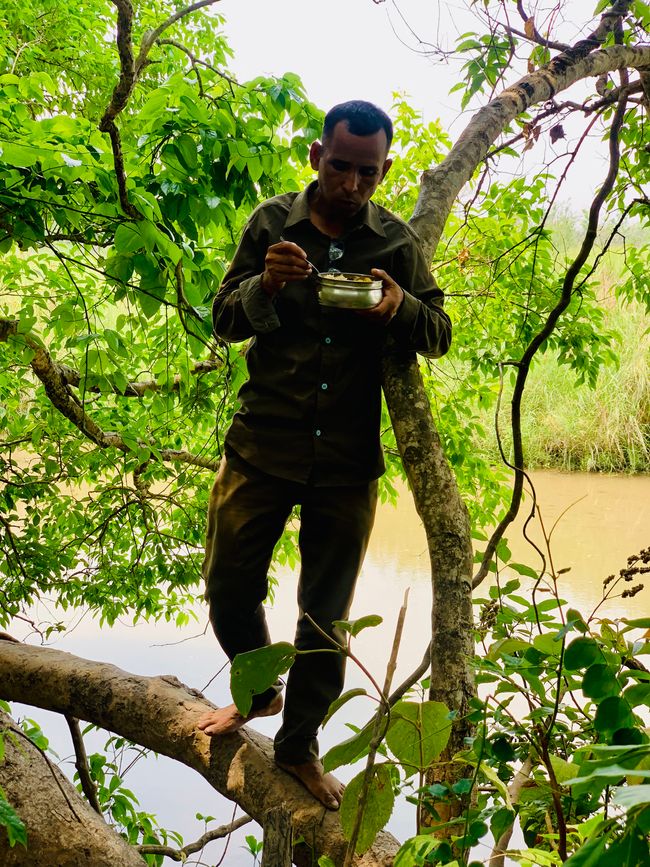
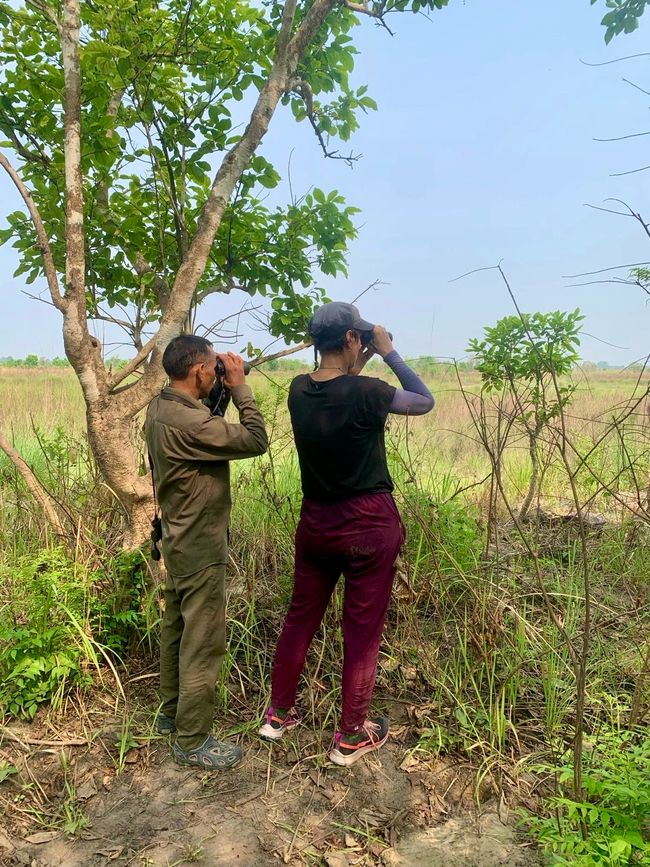
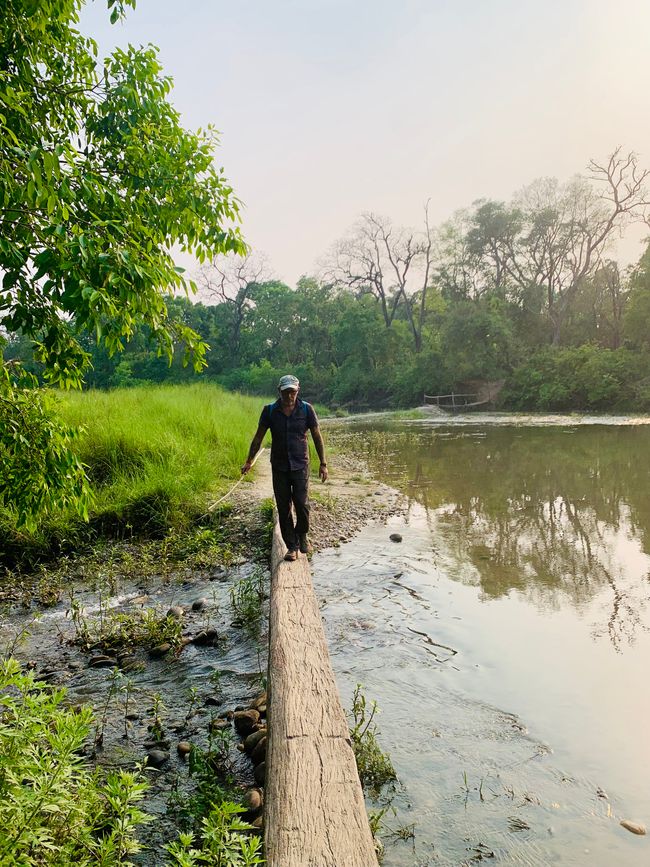

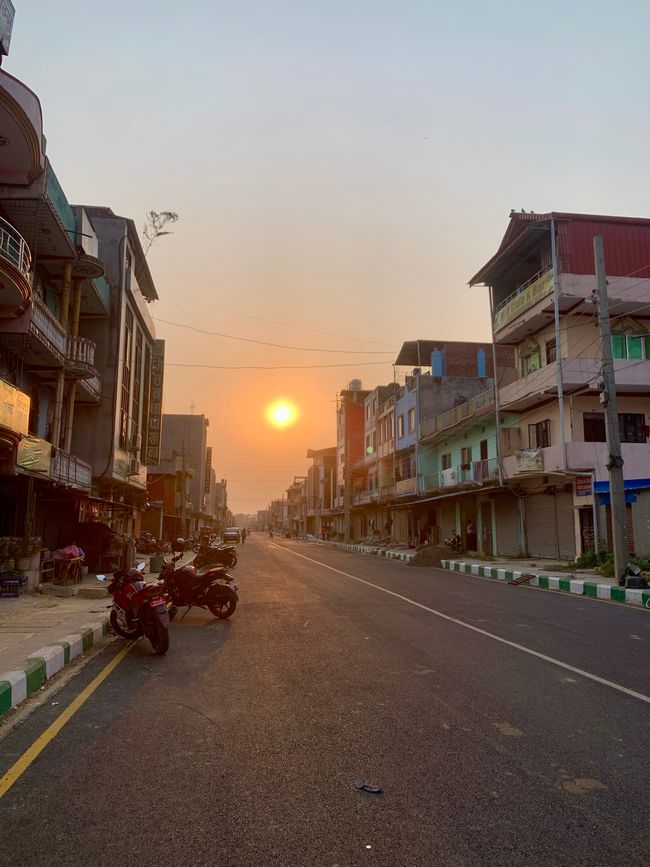
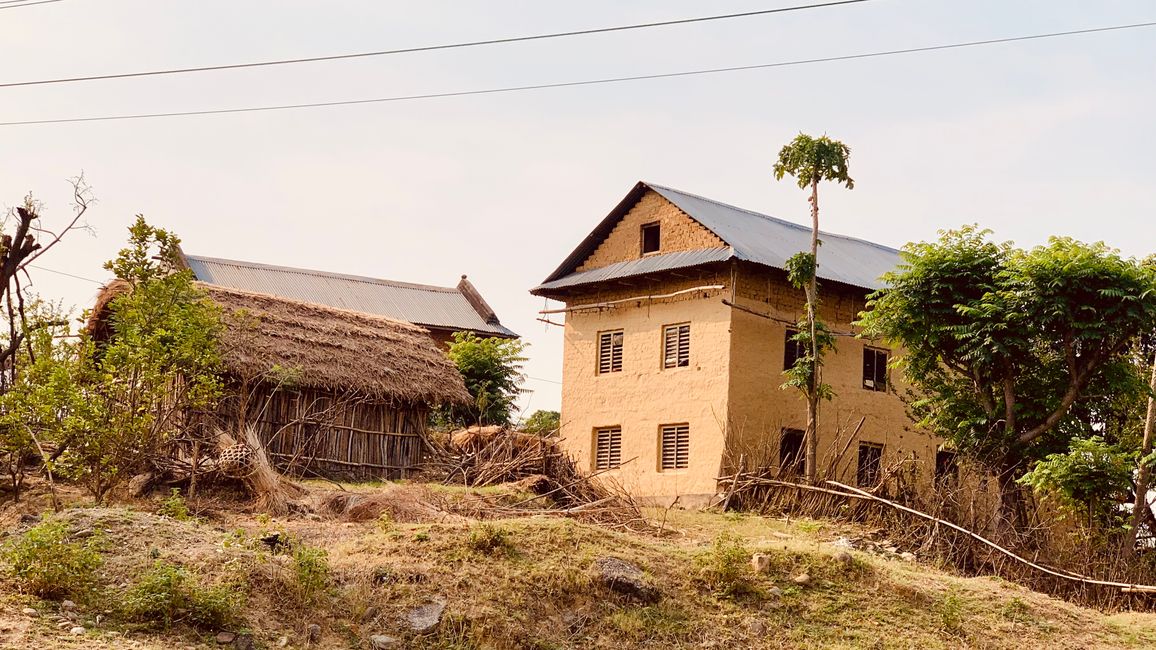

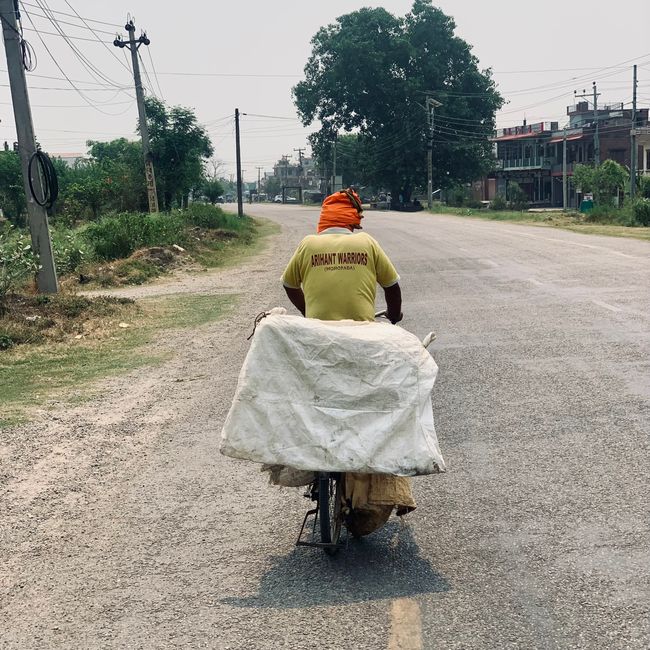
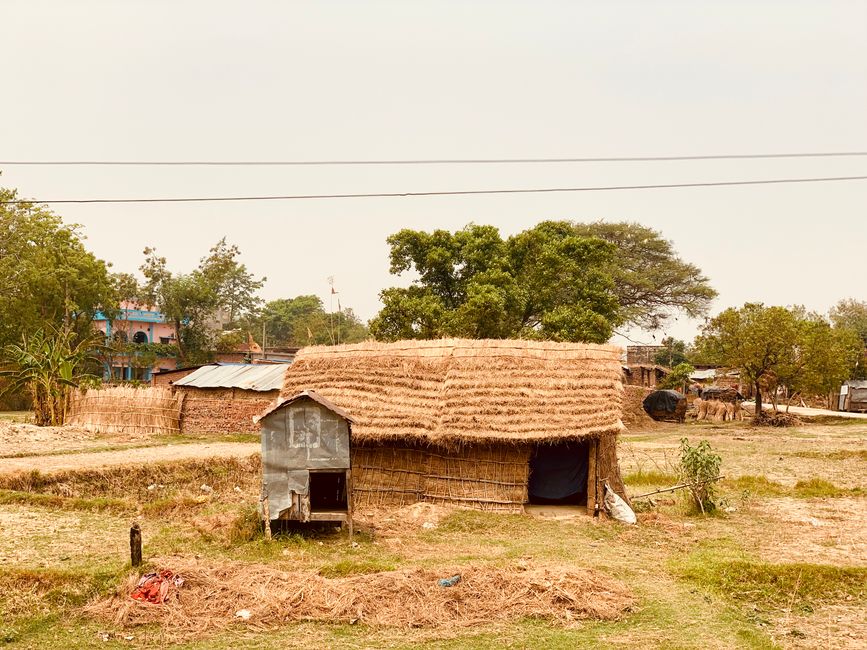

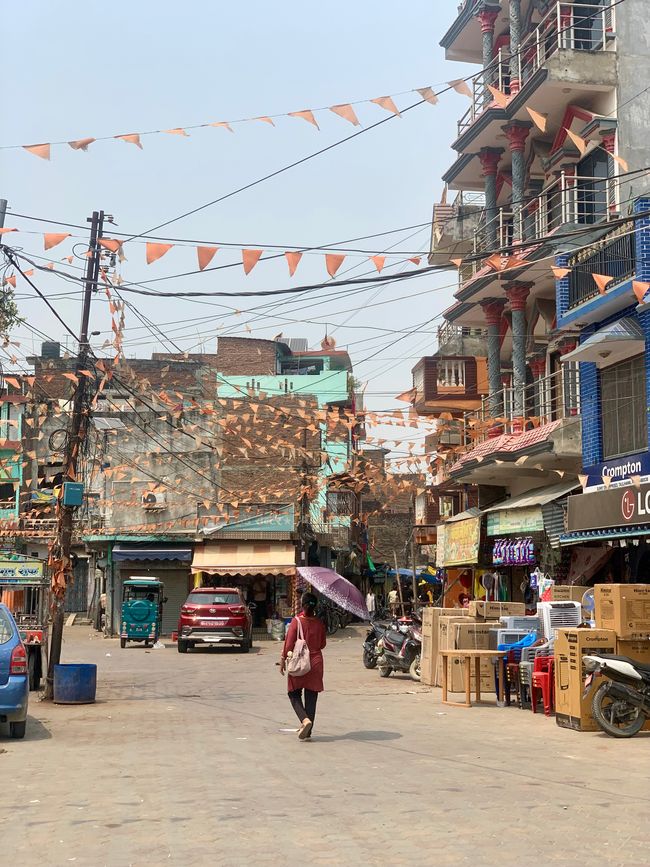

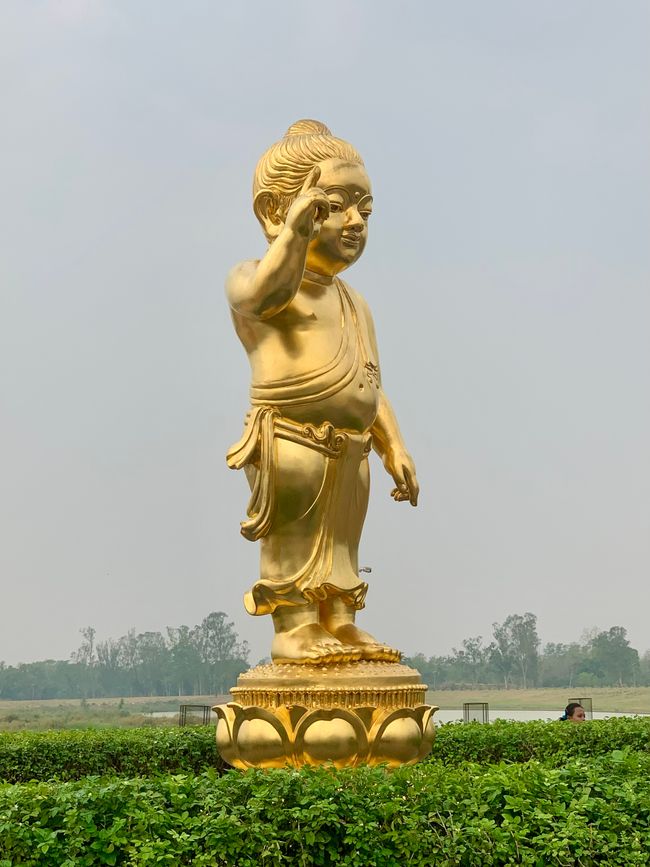
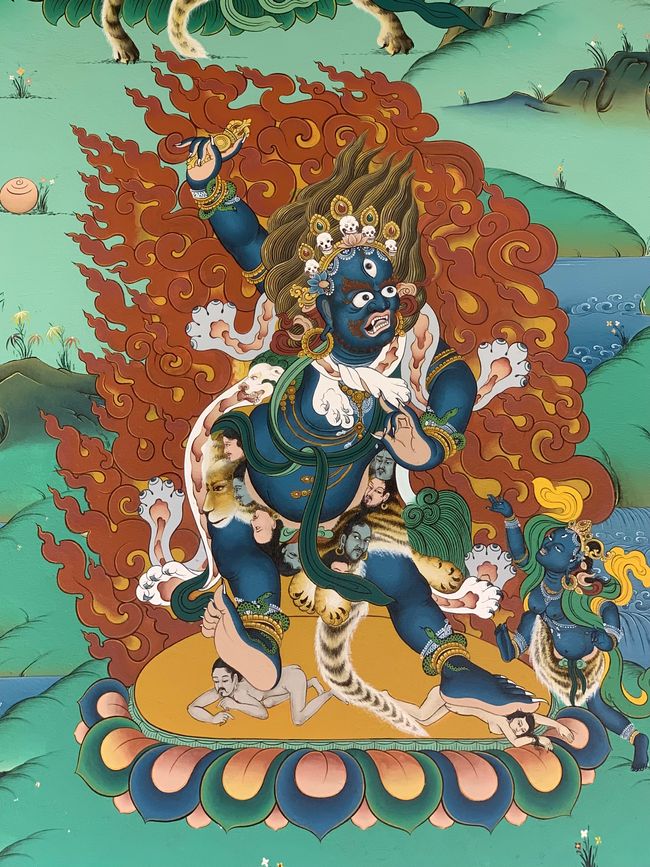
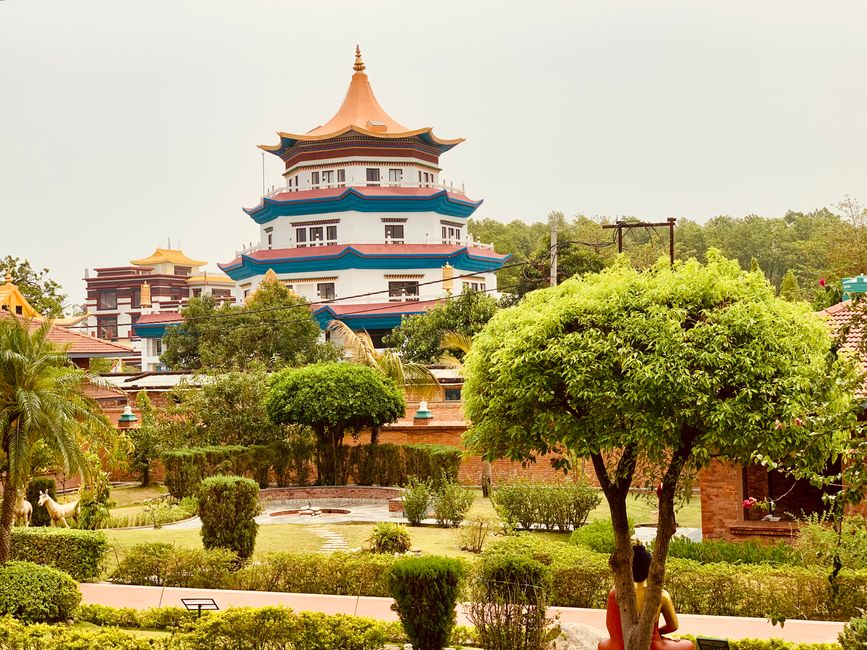
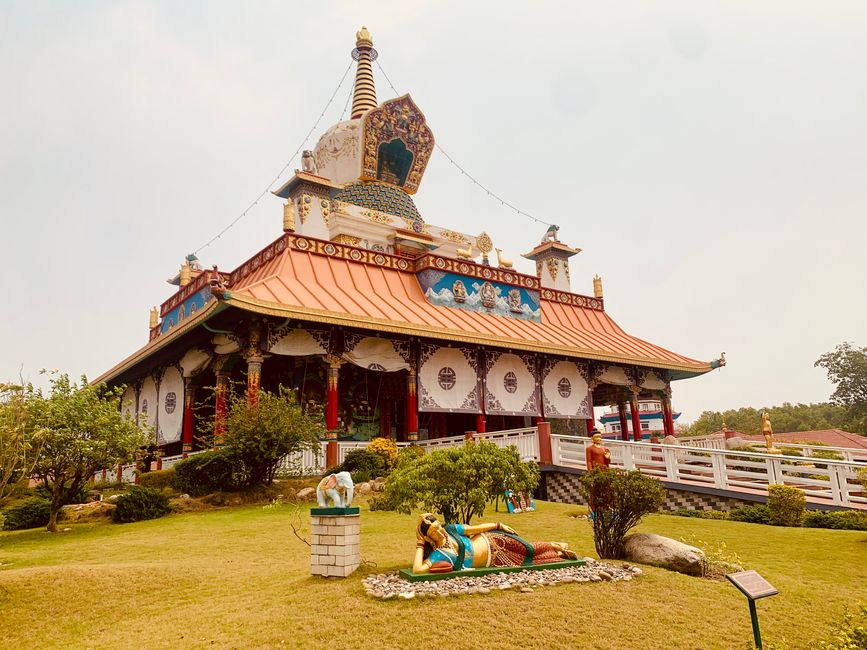
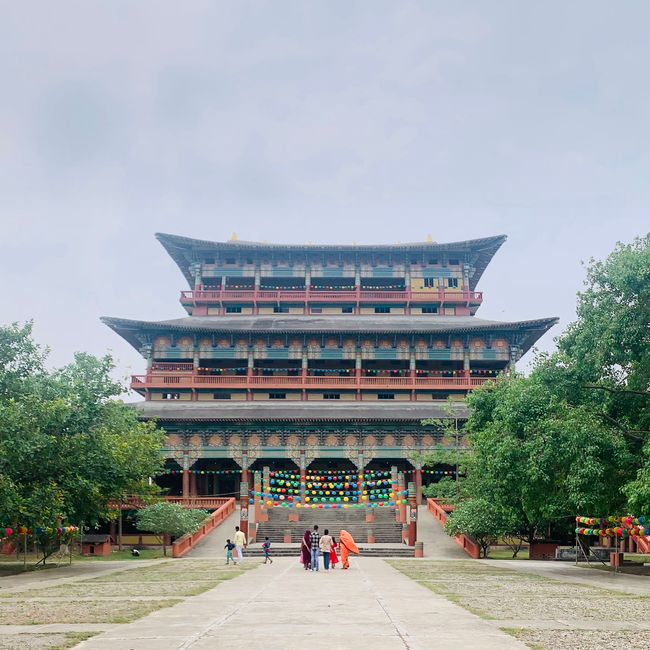
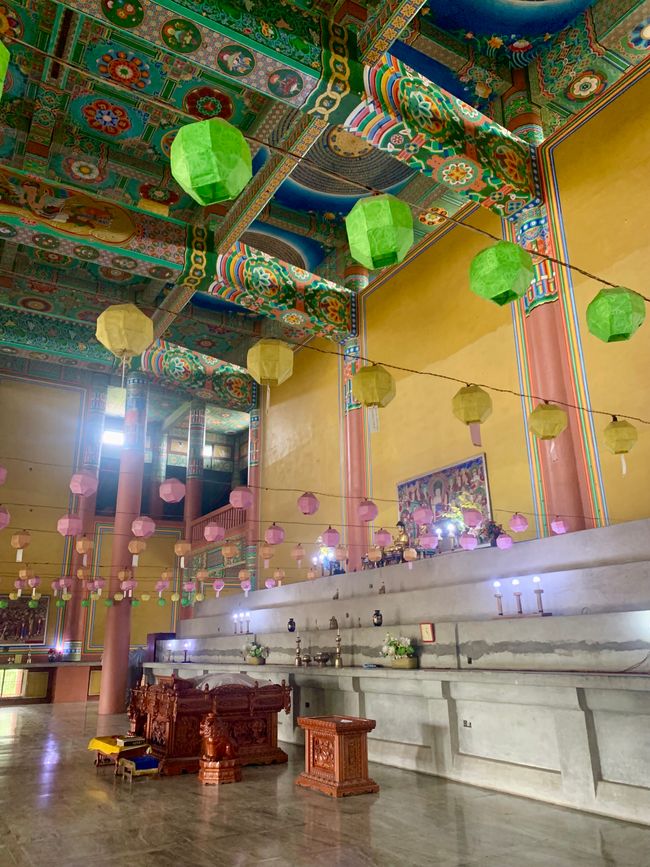
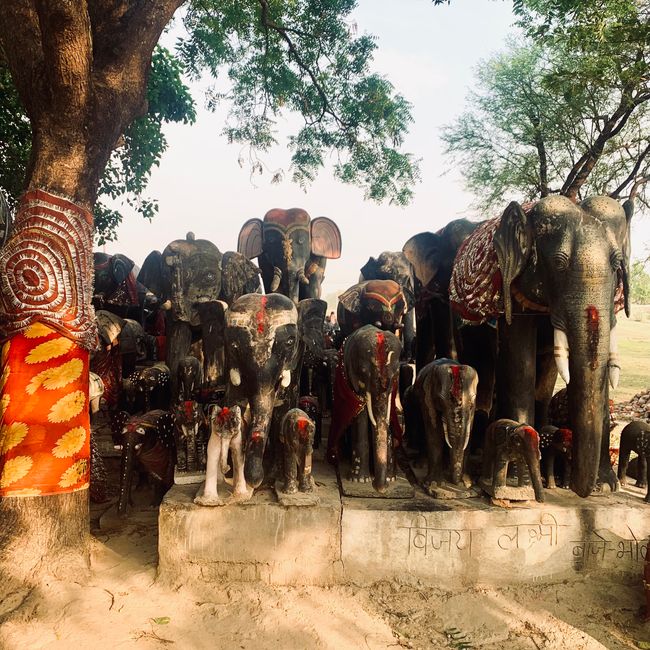
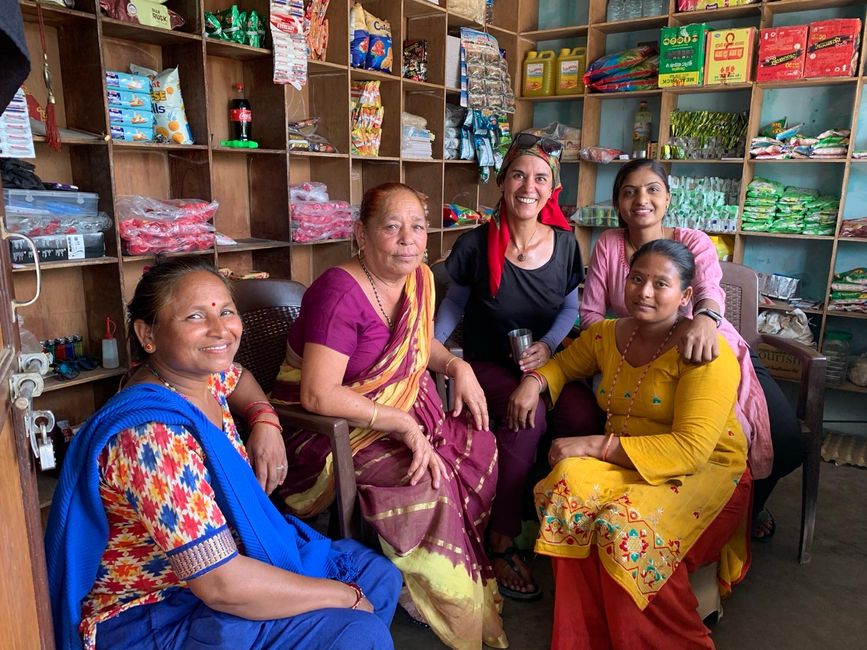
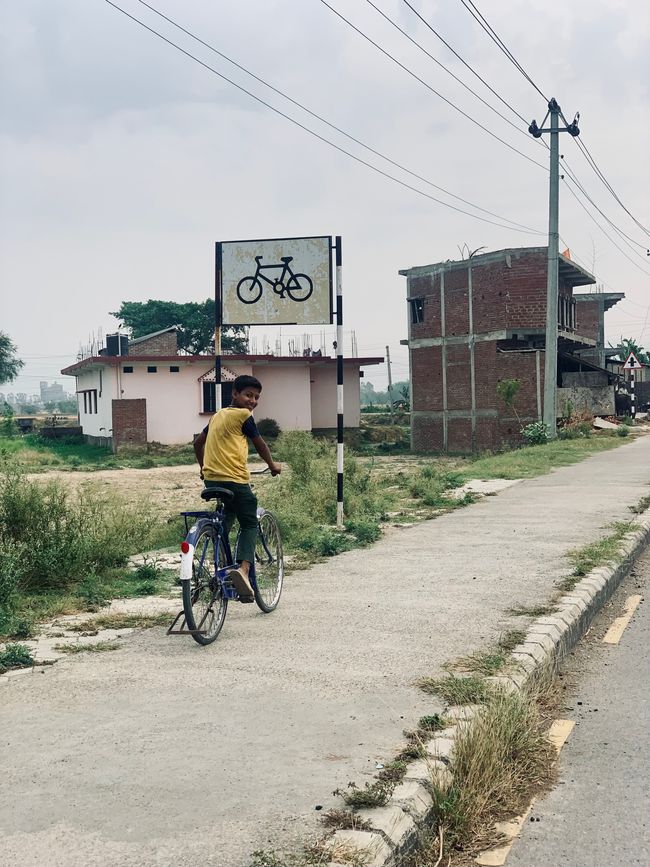

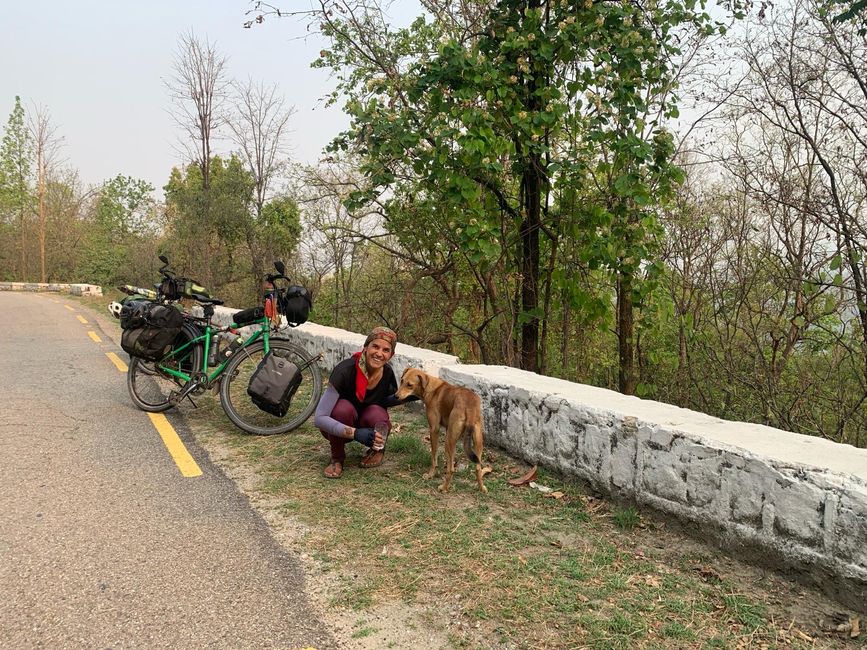
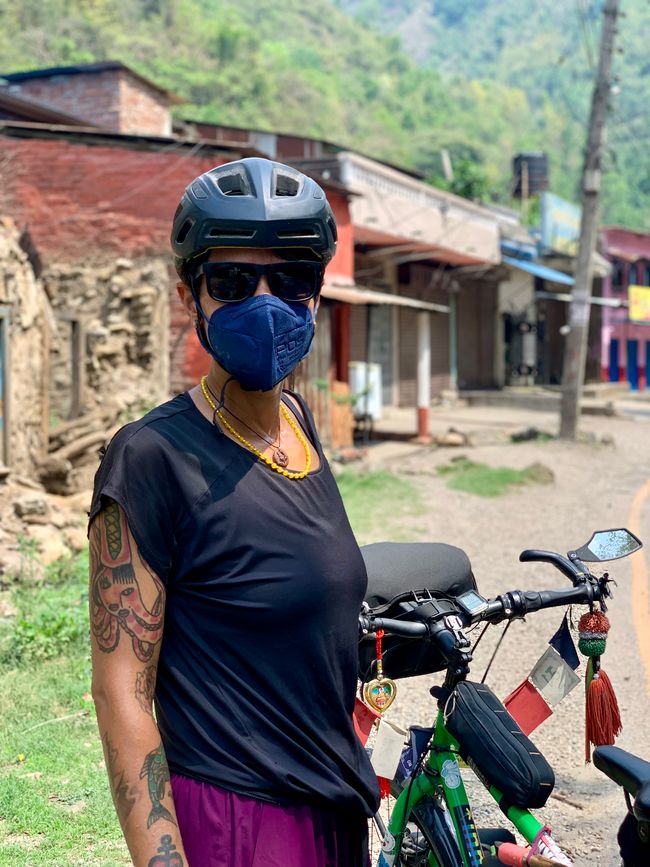

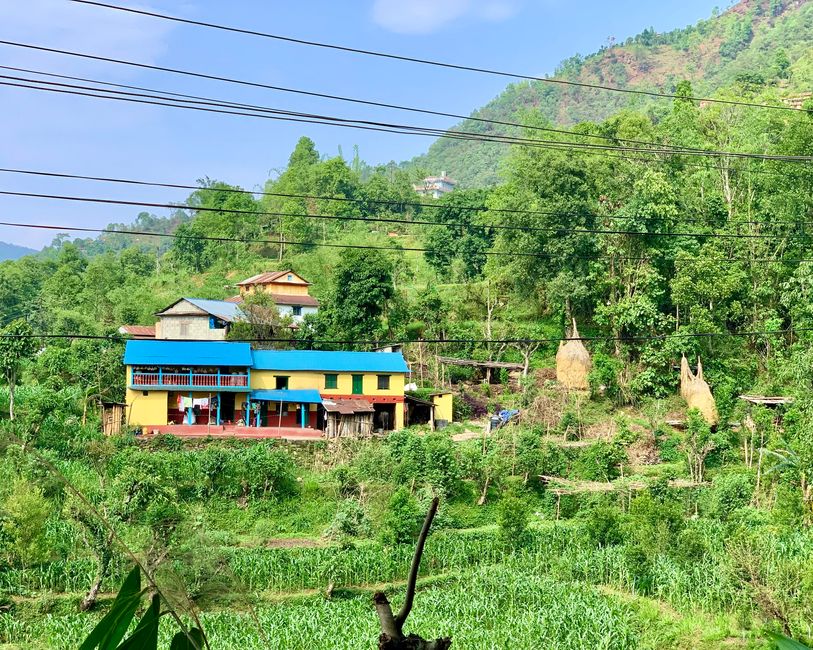
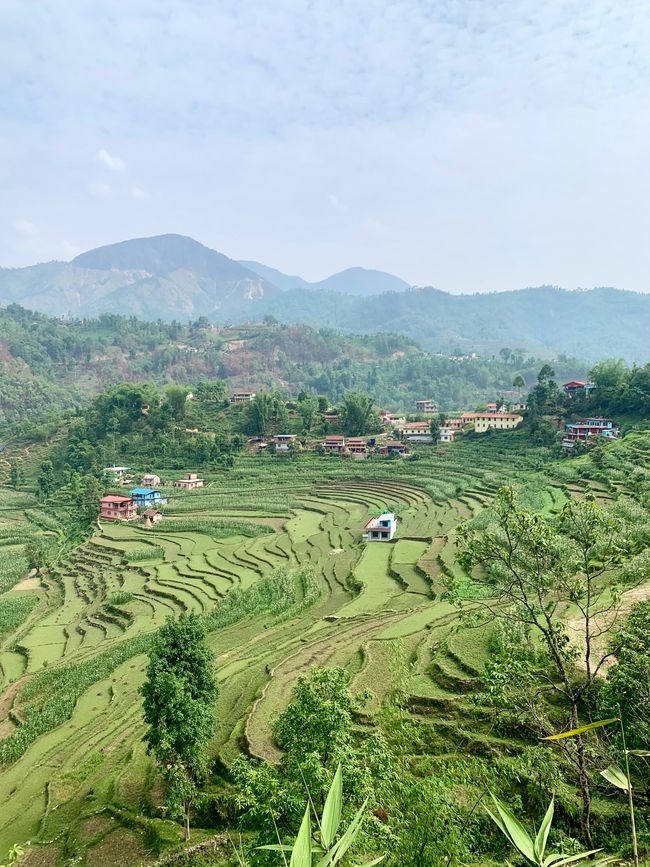

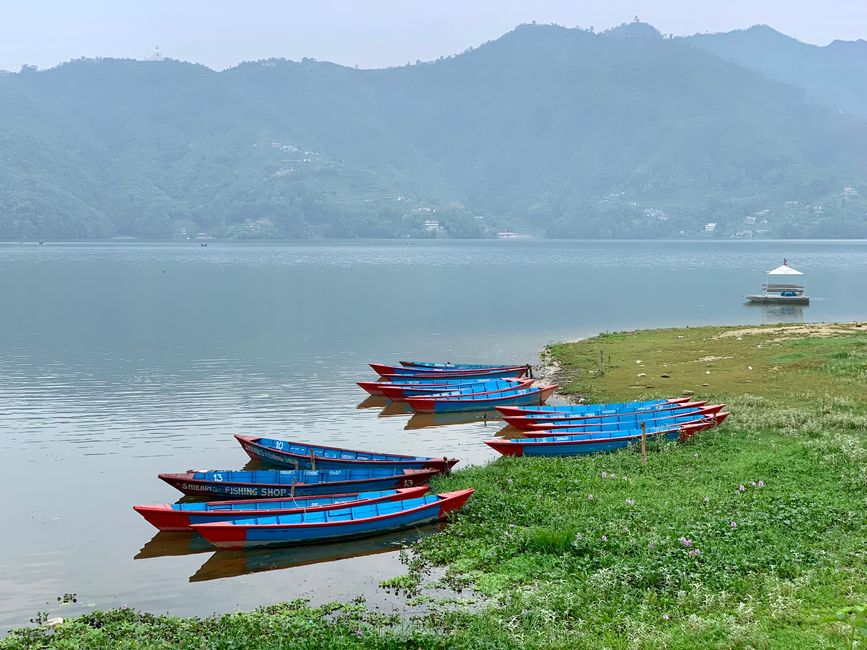
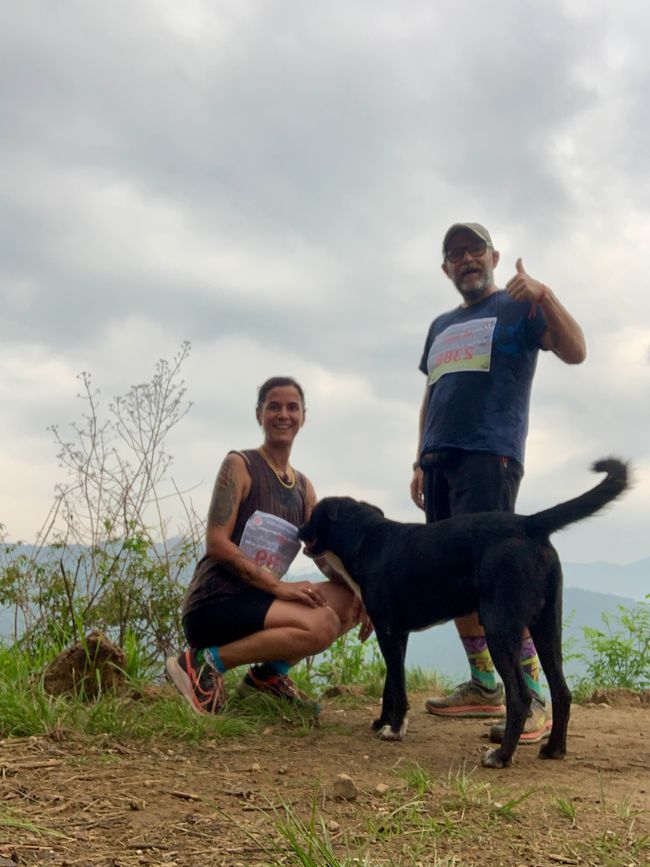
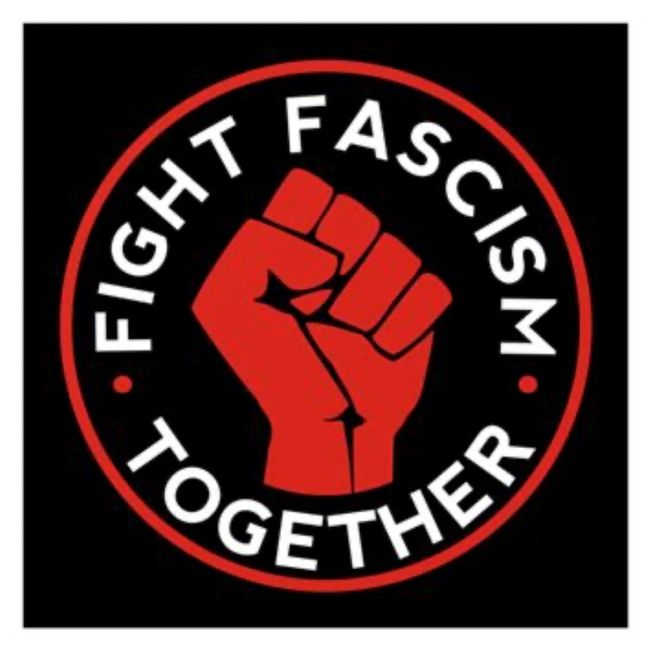
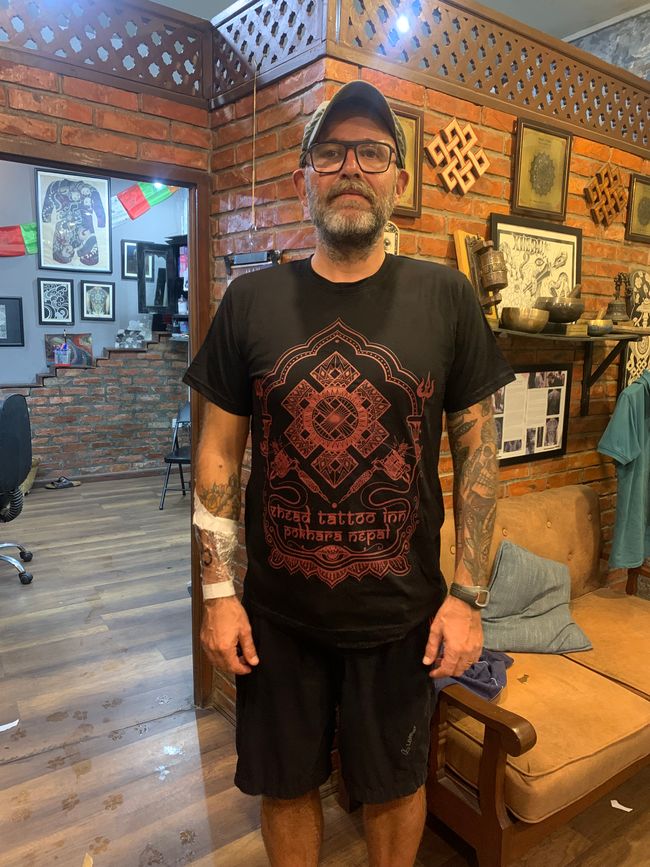

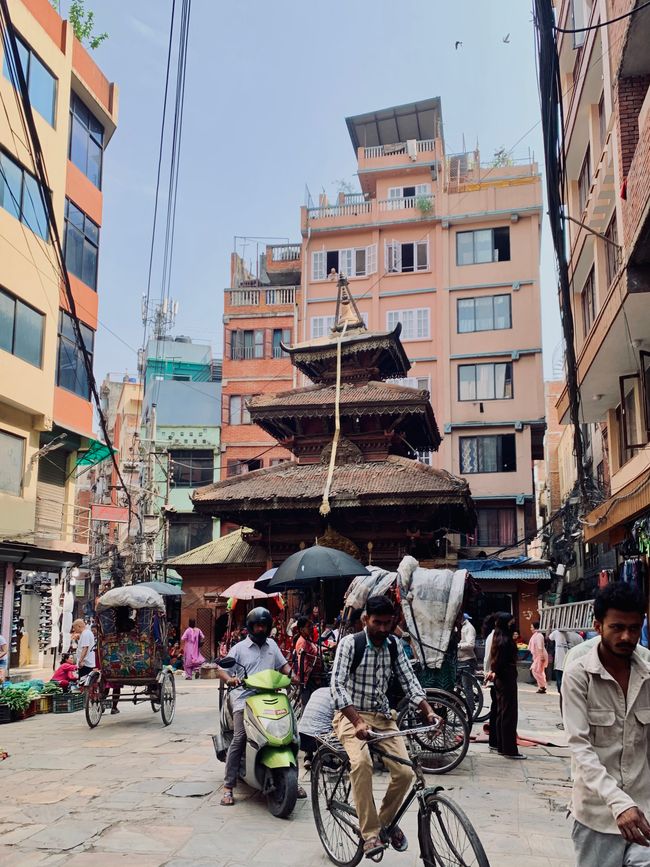
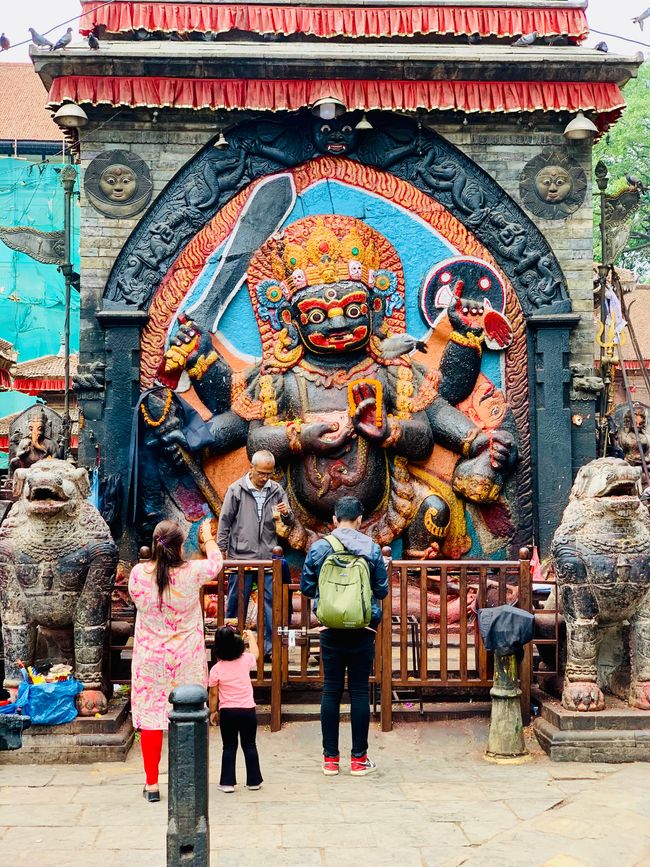

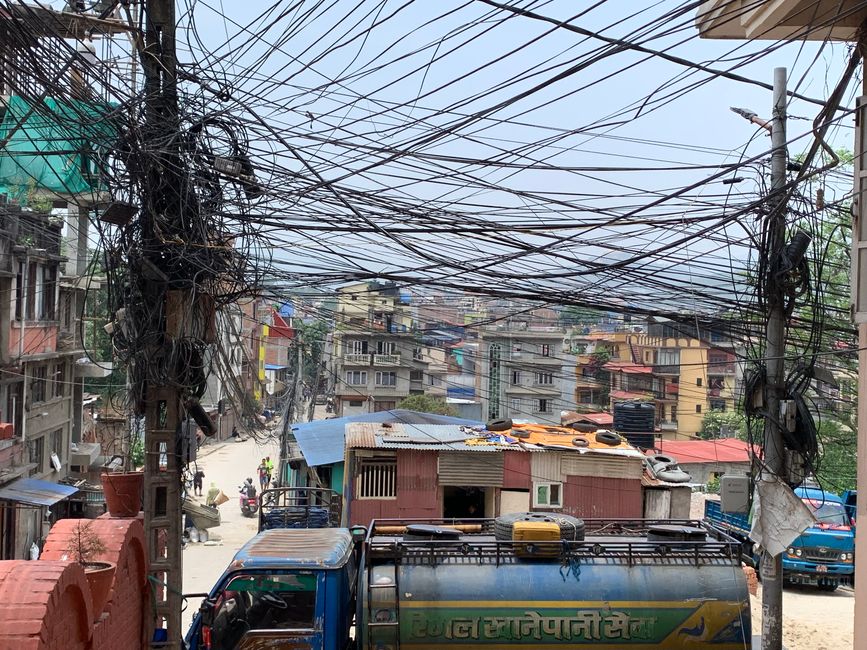
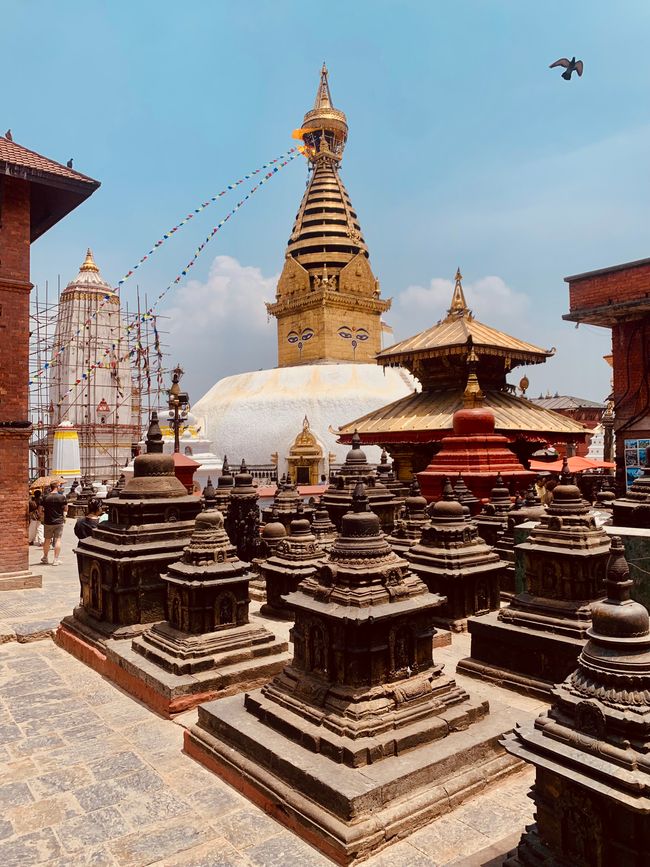
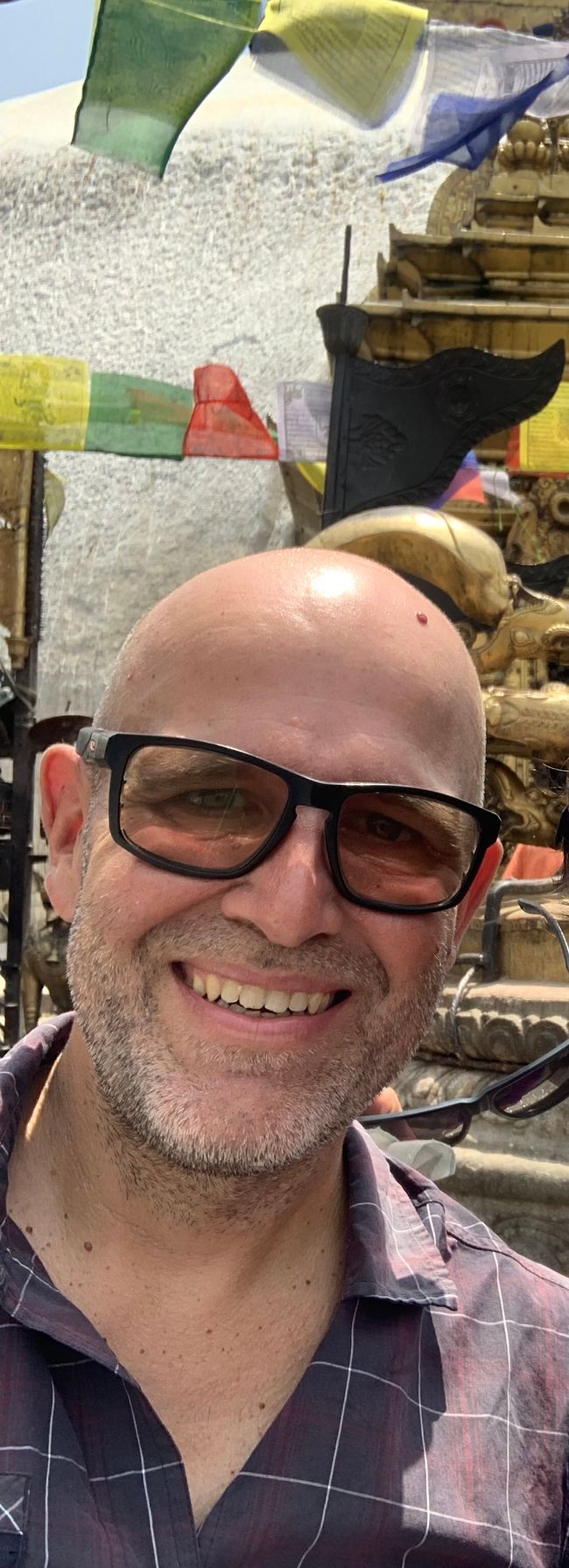
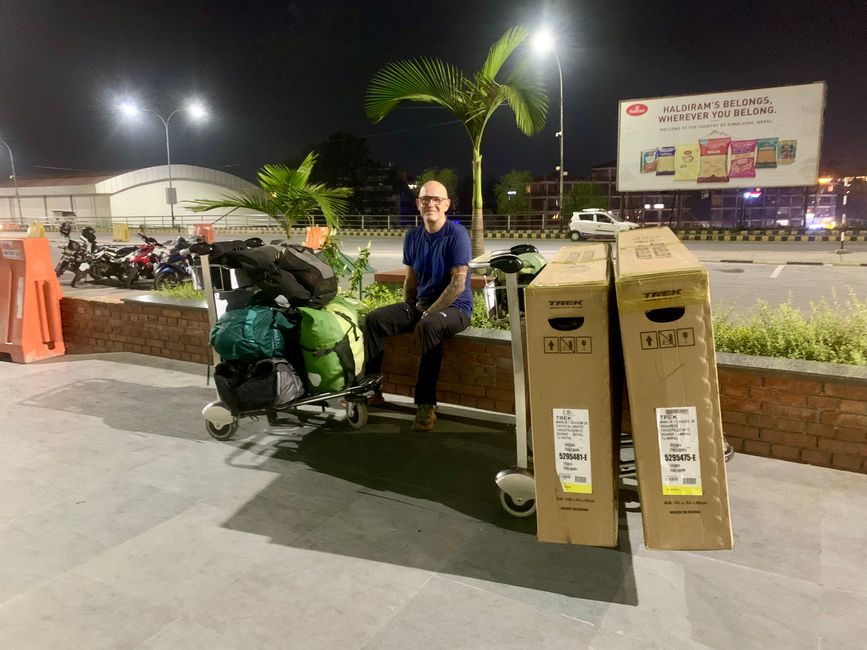
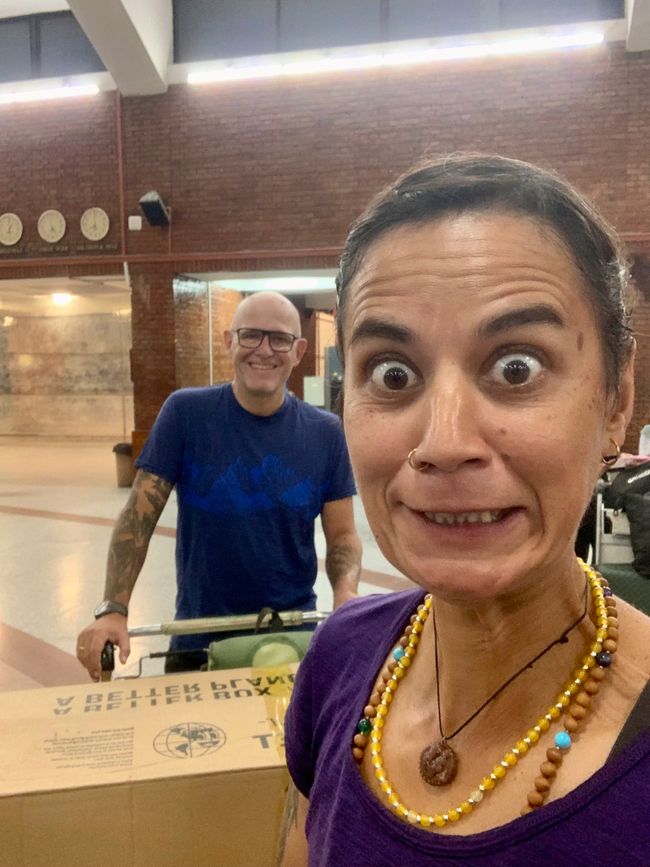
Iscriviti alla Newsletter
At the beginning of May we cycle across the border near Banbasa/Uttarakhand, India to Gadda Chauki, Nepal. The last few kilometers on the Indian side seem more like the route to a place of pilgrimage.
First the road leads through a small forest, then along a river. One stall follows the next. Plastic toys, cheap jewelry and cheap clothing are sold and of course there are also carts selling Indian fast food. The road is one lane. People stream towards the border on foot or by bike and from there towards us. A few motorcycles also roar past. Cars are hardly visible and there is no room for trucks and buses on the bridge over a small dam.
Finally, we bump down a gravel road and only after some research and calls from attentive passers-by do we slow down in front of the inconspicuous little Indian passport control booth. The border guard lets himself be interrupted during his snack to carefully record our data. Using a state-of-the-art scanner, he takes our fingerprints, takes a photo and then writes all the other data into a big, fat book with a ballpoint pen. We chat a bit about cycling and then speed on towards Nepal.
At a barrier we have to show our passports to the Indian military again. Our data is entered by hand into a booklet once again and then we are in no man's land.
A sandy track leads along a stream through a park-like landscape. On the Nepalese side, rickshaws wait for border crossers. Here, too, the immigration office is so inconspicuous that you could easily miss it.
For 50 US$ per person we get a visa for 30 days quite easily. The border police wave us through and we are in Nepal.
A long straight road takes us a few kilometers further to the border town of Bhim Datta.
Like many cities on national borders, this place seems a bit run down. A lively coming and going, arrivals and departures colors the atmosphere.
At first glance, everything seems similar to the Indian side. Only gradually do we get a sense that we are now in a new country. The first thing we notice is that it is quieter here. There is hardly any honking. Many people travel by bike and the rickshaws are mostly powered by electric motors. The Nepalis themselves speak more quietly and are less intrusive in their interactions with one another.
In the following days we cycle eastwards along the East-West Highway. A flat asphalt road. Past settlements, through small towns and large forests. Again and again we pass a military checkpoint. Bengal tigers, rhinos and there are rumors of unicorns living in the forests;) In some sections it is not allowed to pass on foot or by bike. A pick-up truck is stopped and asked to take us the next 15 km. Later on, however, we are always waved through.
On the way east we stop at Bardiya National Park. We try to spot tigers and rhinos on a walking safari and are ultimately happy to only see them from a distance.
A few days later we reach the temple complex of Lumbini. The path here leads through a lot of jungle, over some hills and finally along desolate agricultural land. According to old records on stone pillars, Lord Buddha was born in this very Lumbini. In a large park there are many temples and stupas - built on behalf of various Asian countries - and the temple architecture is accordingly diverse. Beautiful to look at but not soulful!
The heat of these days forces us to move on quickly - temperatures rise to around 45 C in the shade.
We leave the flatlands heading north to get to Pokhara. Hill after hill we climb the Siddhartha Highway, whizz downhill, then puff uphill again, and are happy to finally reach the top. Traffic is limited on this stretch - only at the beginning a few trucks kick up a little dust on their way to a gravel pit.
Pokhara is supposed to mark the end of our cycling in this part of Asia.
A few days later we travel from there to Kathmandu by night bus. The bikes fit on the roof and we sit comfortably on the sofa.
Beforehand, we run this year's "St. Pauli - Run against Right" through the hills of Pokhara, walk along the lake and practice calmness in view of the upcoming journeys by bus and plane. Yes, we are leaving Nepal by plane...
We are planning to leave Kathmandu for Istanbul at the beginning of June. In the country's capital, we meet an acquaintance who takes us through the hilly forests on the outskirts of the city for an afternoon. We dismantle the bikes to make them airworthy, sort and pack them, and finally find time to absorb the peace and atmosphere of the Swayambhu Stupa.
In the end, Nepal remains in one's memory as a country with beautiful landscapes, whose mountains are worth exploring more intensively and on foot at some point. Whose people are very friendly, but whose business sense takes some getting used to.
Its tranquility is a pleasant contrast to the noise of northern India.
Its Dal Bhat (lentils with rice and a side dish of vegetables) is to die for and even the simple Chowmein (noodles with vegetables) doesn't get on your nerves even after what feels like 50 times.
Thank you Nepal! It was a pleasure to finally meet you!
Iscriviti alla Newsletter
Risposta
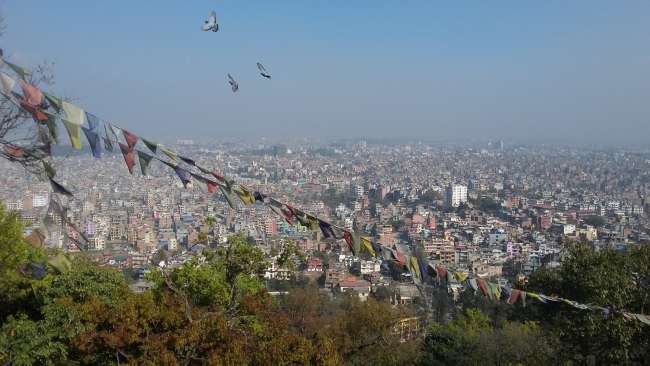
Rapporti di viaggio Nepal
